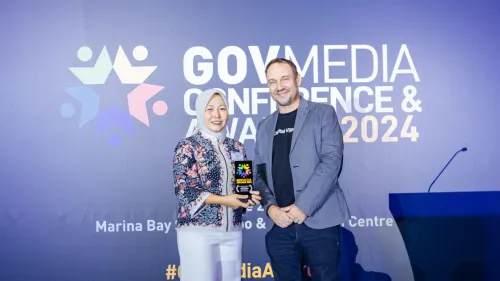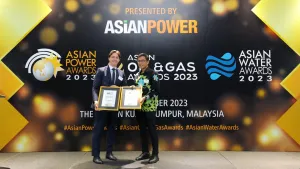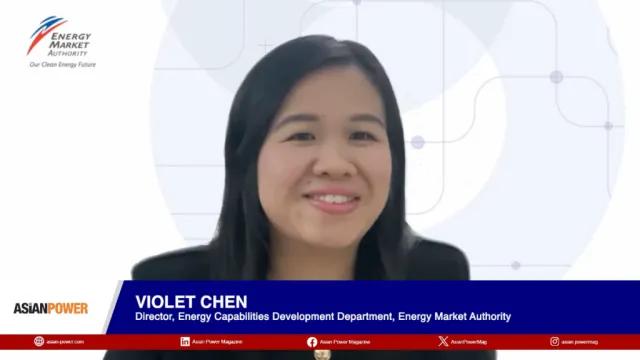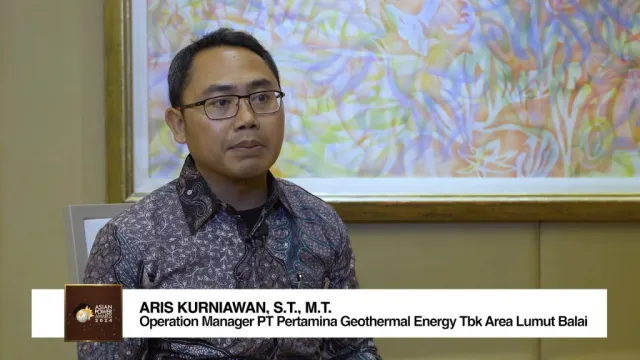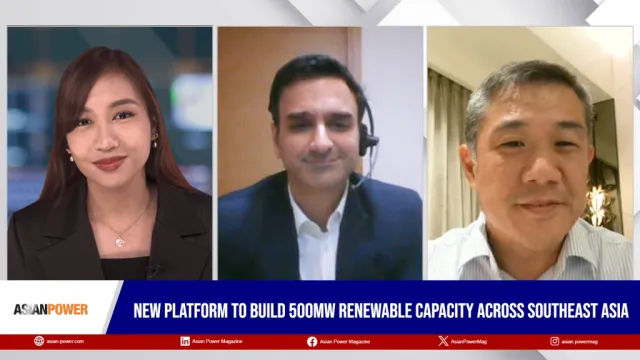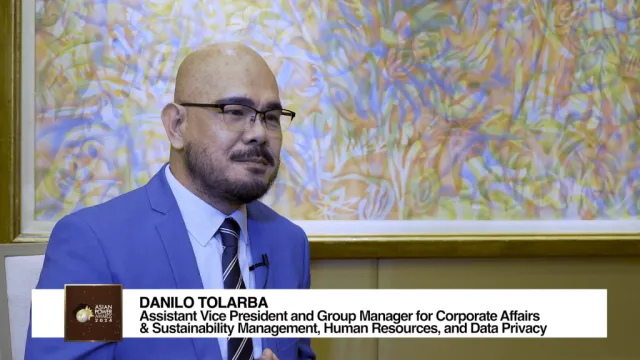
CLP shares experience in carbon reduction
CLP is also set to meet its target of having 20 percent of its generating capacity coming from non-carbon emitting sources by 2020, including nuclear and renewable energy.
Today the company generates 10 percent of its power from renewable energy like hydro, wind and biomass, compared with just 1 percent in 2004. If including nuclear energy, total non-carbon-emitting sources stand at 14 percent.
"The world faces a dilemma of how to avoid the threat of catastrophic climate change by making massive and sustained reductions in the emission of greenhouse gases, principally carbon dioxide, and yet do so in a manner which does not require substantial falls in living standards in the developed world or prevent the people of the developing world from achieving their own legitimate aspirations for a better life," said Mr Andrew Brandler, CEO of CLP Holdings Limited.
CLP called for a determined collective response to avert threat from climate change.
The Hong Kong-based investor-operator in the Asian power sector reiterated its commitment to reducing its carbon emissions to levels compatible with stabilising the world's climate as world leaders meet at the upcoming Copenhagen Climate Summit in December.
In a new report, "Beyond Copenhagen - Powering Asia Responsibly", China Light and Power outlined their progress towards becoming a low-carbon power generator in Asia-Pacific, the target of which was set, as stated in its "Climate Vision 2050" two years ago, at 0.20 kg CO2/kWh in 2050 from 0.84 kg CO2/kWh in 2007, or a 75 percent reduction in carbon intensity.
The power sector today accounts for more than 40 percent of the world’s energy-related CO2 emissions.
Emission from the sector is forecast to double by 2030, as power begins to be delivered to the 1.6 billion people worldwide who today have no access to electricity – many of them in Asia.
"Companies like CLP are determined to play a full part in solving the climate problem. But absent strongly supportive governments, our progress will be slow. That is the leadership the power sector seeks in Copenhagen," he added.
CLP's "Beyond Copenhagen – Powering Asia Responsibly" paper aims to build a better understanding of the challenges power generators face as they work to build recognition of what needs to be done to ensure the power generators play their part in cutting global CO2 emissions.
The paper also shares the company's experience, as an investor-operator power utility in the region, in its efforts to de-carbonise its generating portfolio. It has also identified different energies adopted in the region and the challenges they each face in their own market environment.
"There is no ‘silver bullet’ solution – alongside every advantage that attaches to a particular generating technology, there are disadvantages. That said, business as usual is not an option, either," said Mr Brandler.
"We have to accept that solutions are going to be costly, will be technologically challenging, and will need coordinated support from many other stakeholders – above all, governments. Solutions are also going to take time, because any power plant built today is likely to be with us for the next 30 to 40 years," he continued.


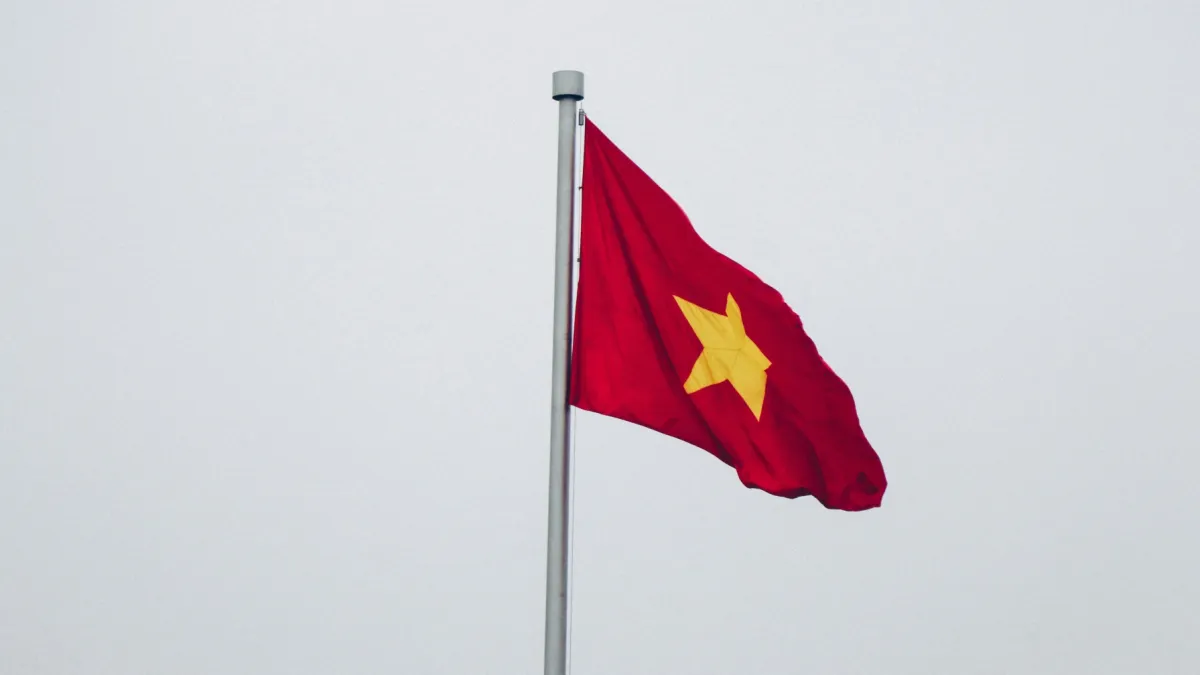


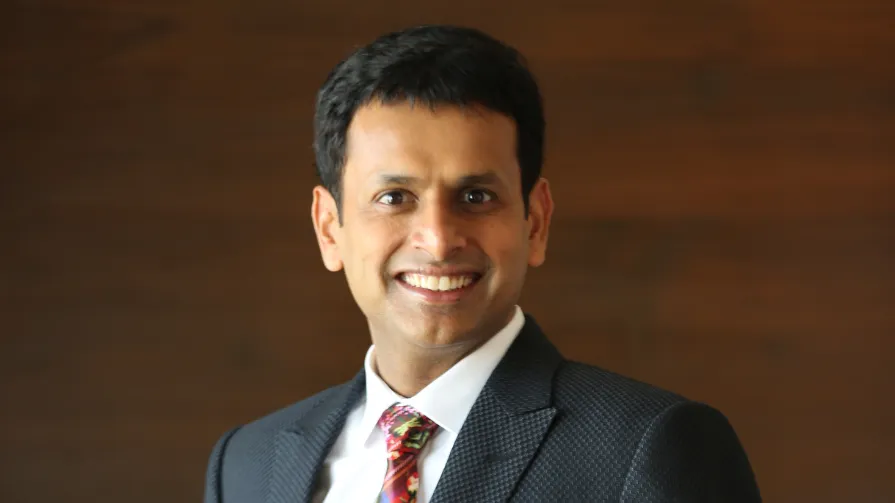
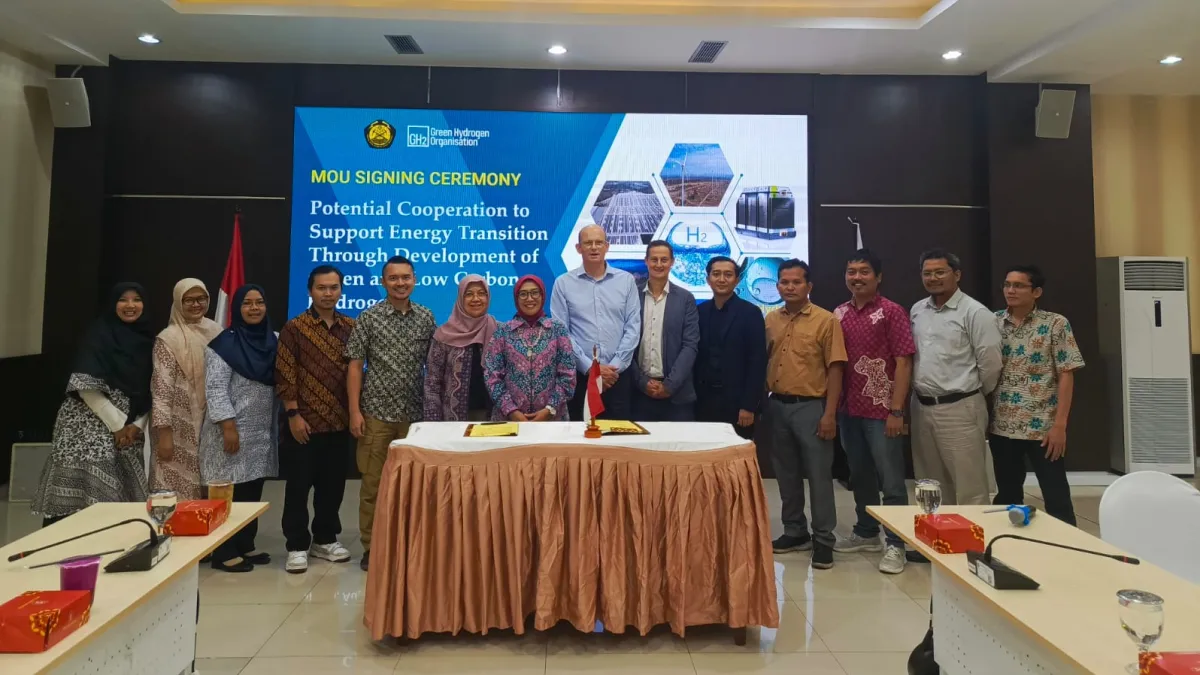
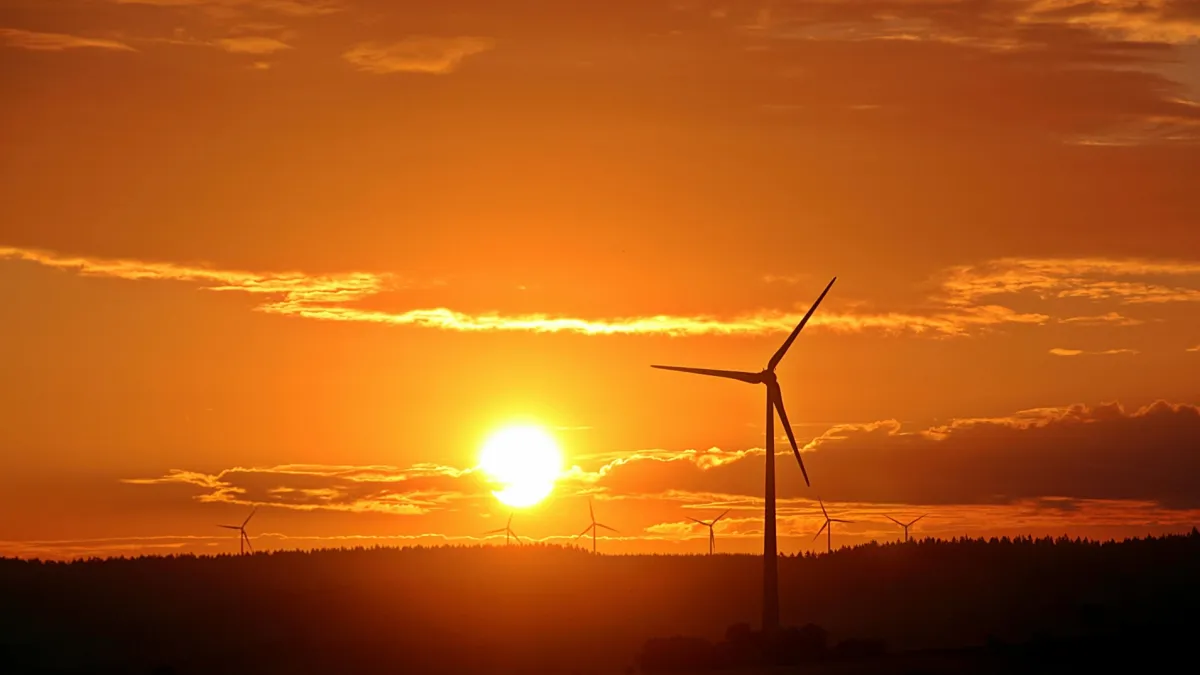
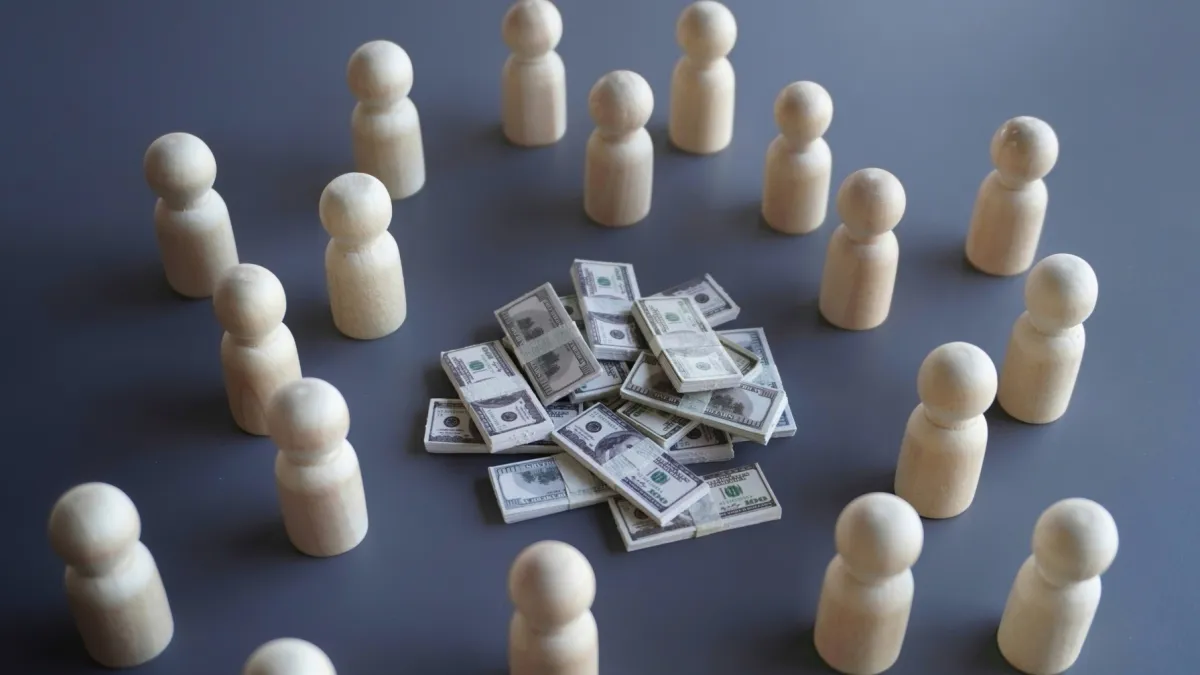
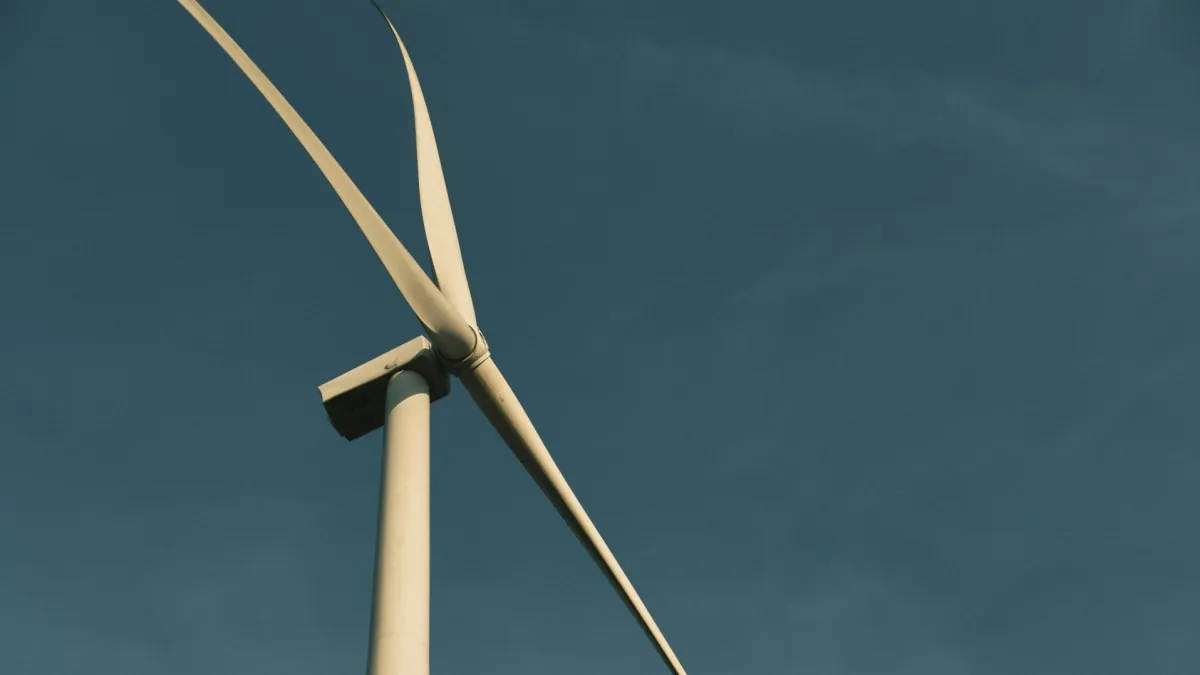

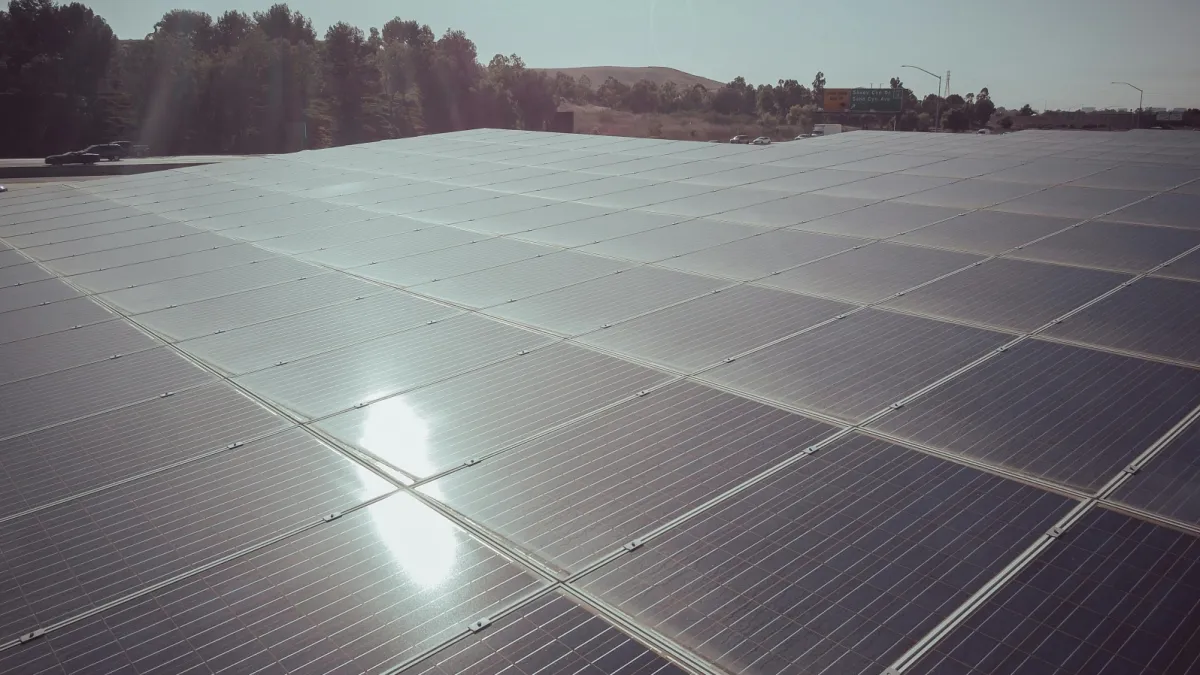

 Advertise
Advertise
